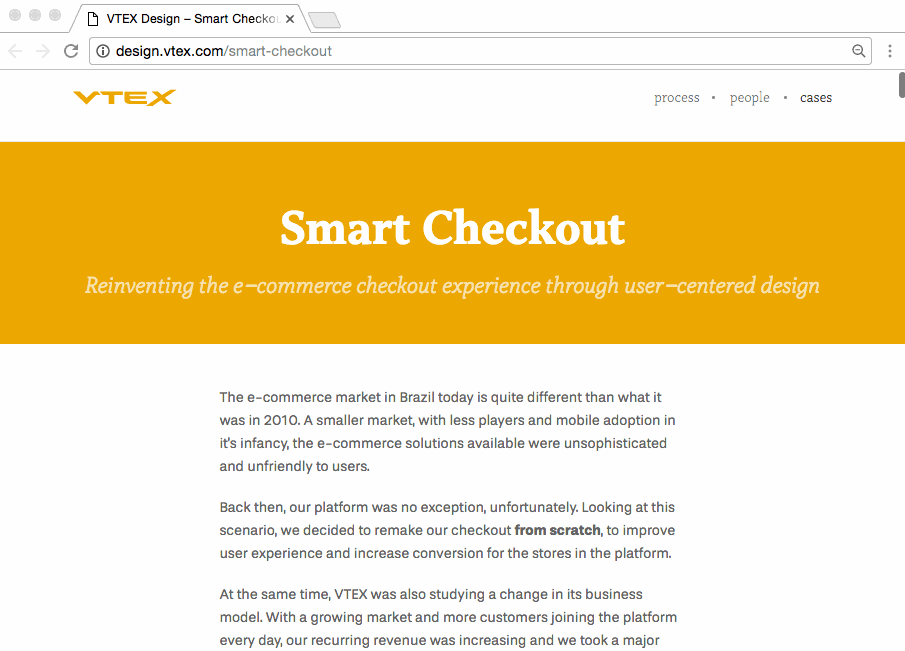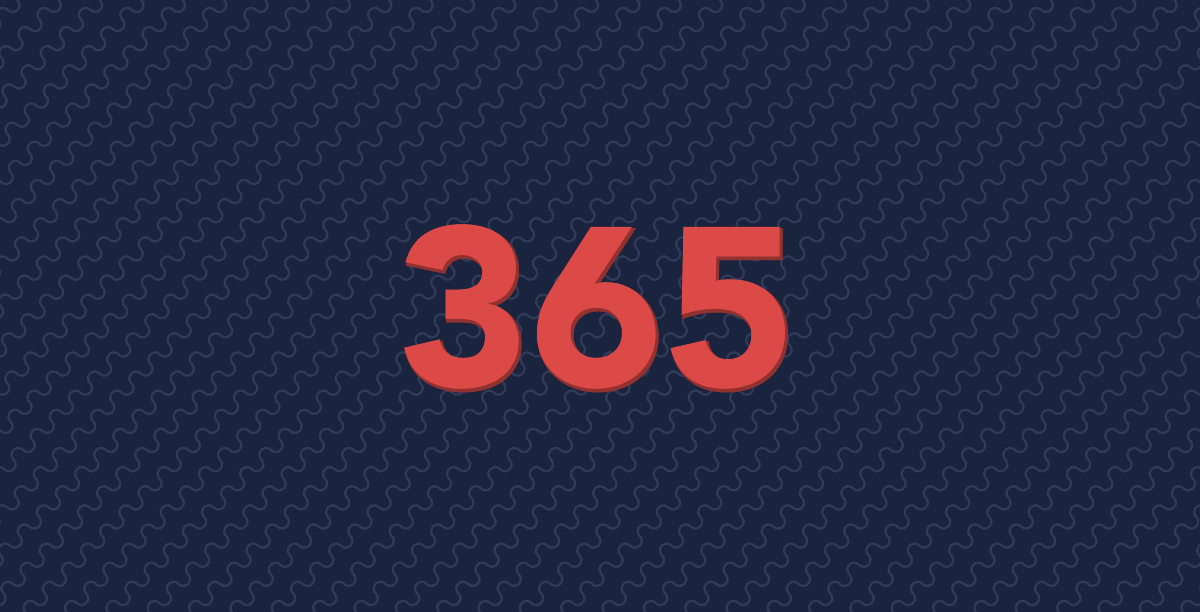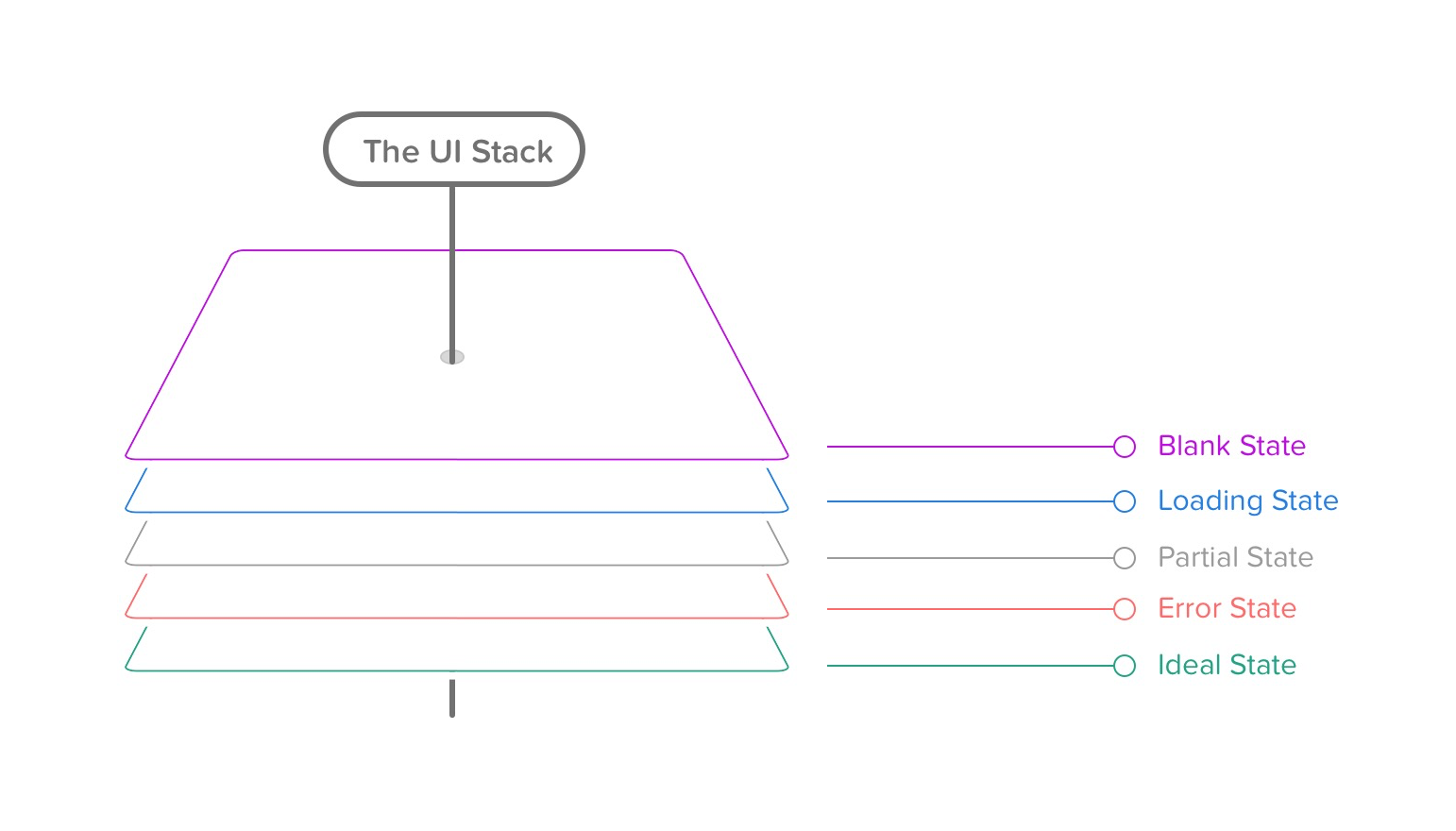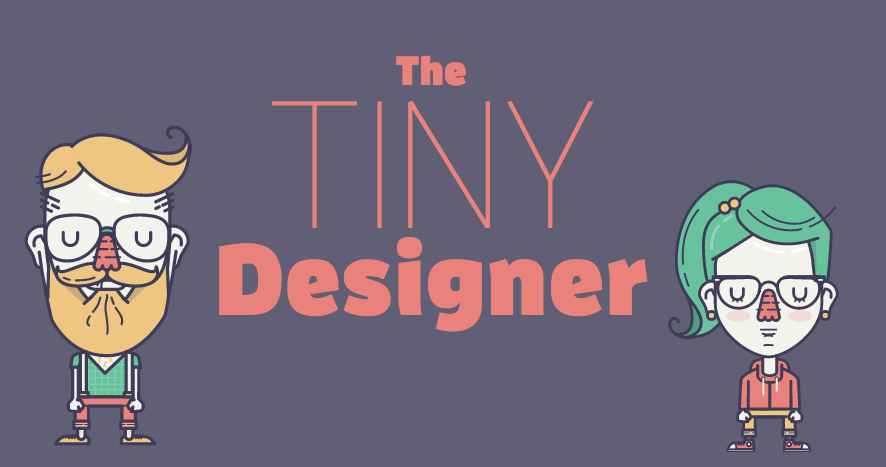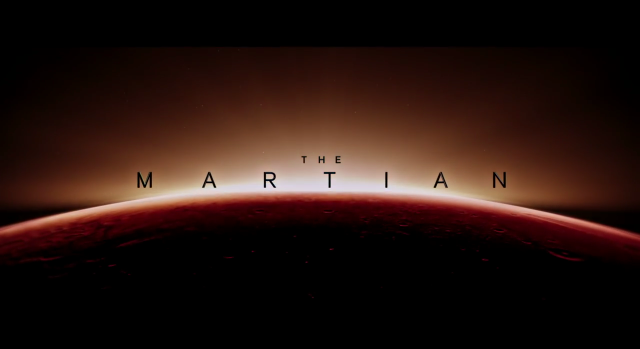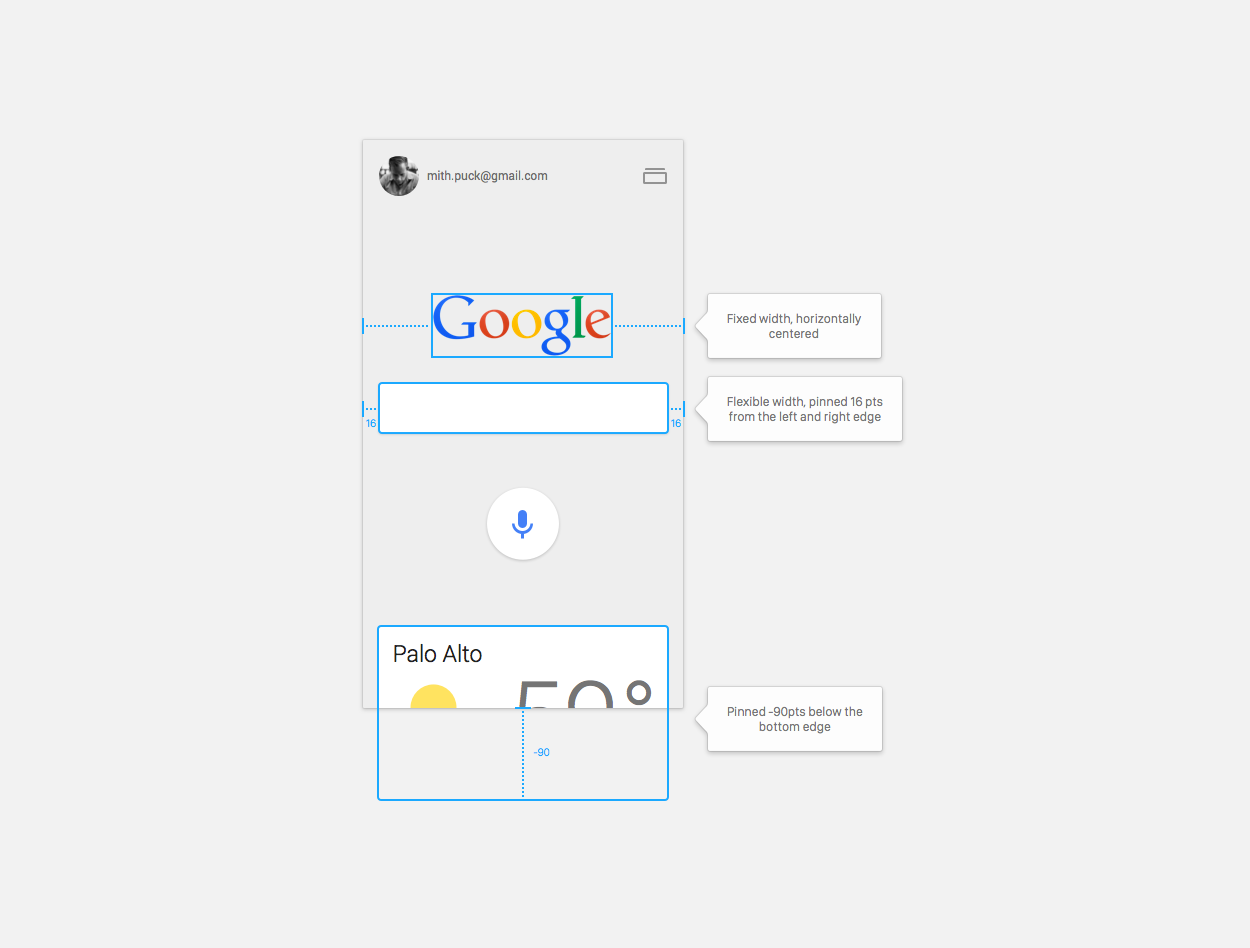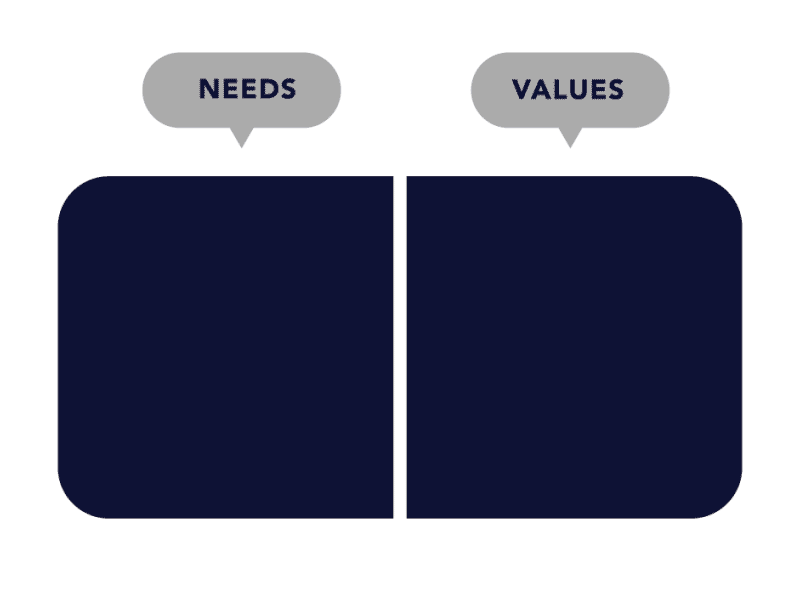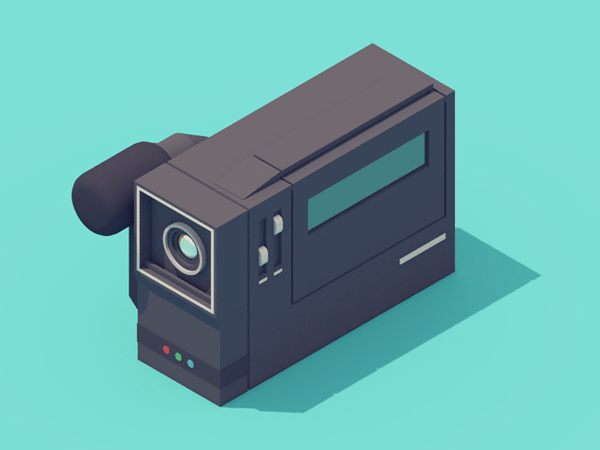I recently came across this past issue from the Mailchimp UX Newsletter and remembered how outstanding is their writing. If you haven’t subscribed yet, do it now.
Here are some highlights from the issue:
Hiring
It’s easy to hire someone who’s mediocre, but it’s really hard to fire them. Mediocre people are a drag on quality and moral, but they tend to do just enough good work to stick around. Managers have a tough time justifying letting them go because there’s no actionable offense. The scent of mediocrity on your team will also scare off talented candidates.
Respect
Respect between design and development is the most critical ingredient when making great products. It’s rare that respect between design and development happens organically. It has to be a core value of a company, demonstrated by leadership daily.
Respect fosters a can-do attitude. Ideas are freely shared when they’re valued by colleagues, even when they’re not necessarily a winner. We could do a lot better if we started with “Yes, and..” instead of “No.”
Team Size
Our UX team is tiny. Twelve of us do the research, design the UI, and build the front-end of the app. The engineering team we work with is equally small. But our size is not a shortcoming; it’s an advantage. Communication is easy when teams are small. Planning happens quickly so we can get back to making.
Each little team has the autonomy to make decisions about their work, and when there’s uncertainty, they can go discuss with another autonomous team that can provide more definitive direction.
These are traits I hope to find and foster at VTEX, with whom I just started working as a product designer. The fact that this article about UX was shared by a developer from our team tells me these methods are already under way for the most part


